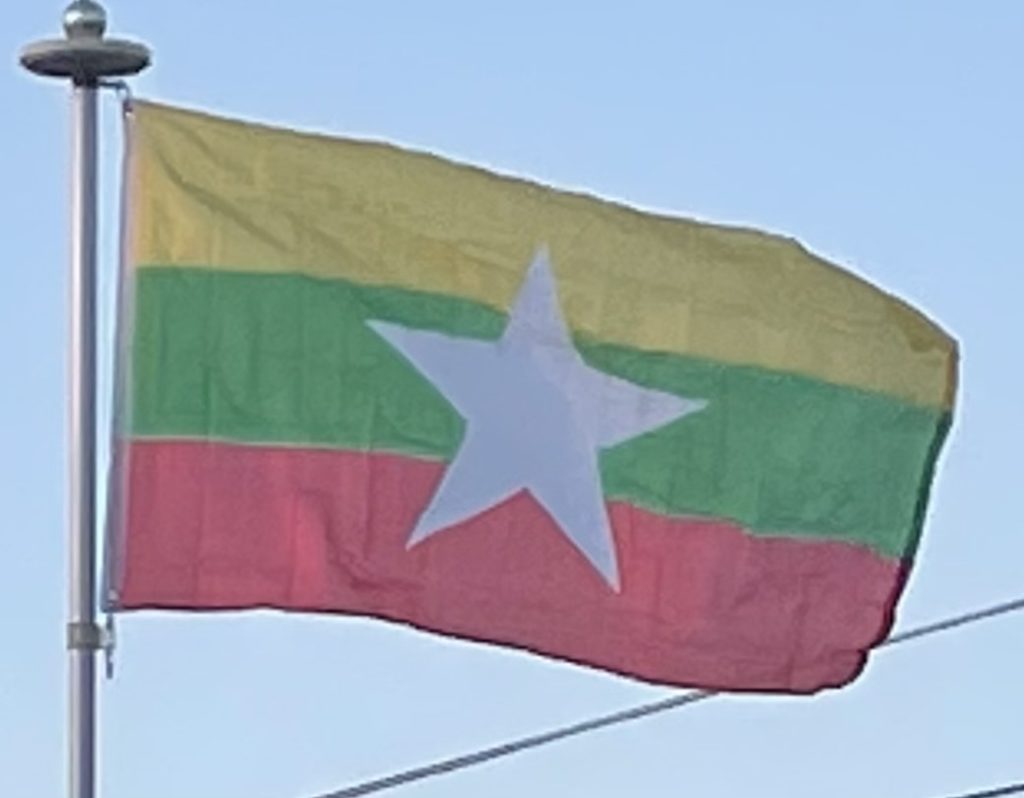In 1961, U Thant, the Union of Burma’s Permanent Representative to the United Nations and former secretary to the prime minister, was elected Secretary-General of the United Nations, a position he held for ten years.
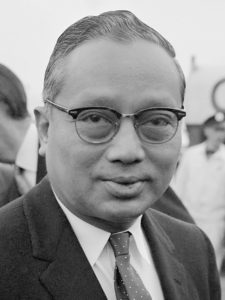
When the non-Burman ethnic groups pushed for autonomy or federalism, alongside having a weak civilian government at the center, the military leadership staged a coup d’état in 1962.
Military Rule (1962–2011):
On 2 March 1962, the military led by General Ne Win took control of Burma through a coup d’état, and the government had been under direct or indirect control by the military since then. Between 1962 and 1974, Myanmar was ruled by a revolutionary council headed by the general. Almost all aspects of society (business, media, production) were nationalized or brought under government control under the Burmese Way to Socialism, which combined Soviet-style nationalization and central planning.
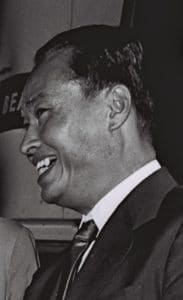
In 1988, unrest over economic mismanagement and political oppression by the government led to widespread pro-democracy demonstrations throughout the country known as the 8888 Uprising. Security forces killed thousands of demonstrators, and General Saw Maung staged a coup d’état and formed the State Law and Order Restoration Council (SLORC). In 1989, SLORC declared martial law after widespread protests.
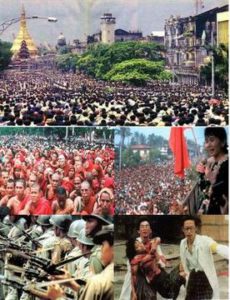
In May 1990, the government held free elections for the first time in almost 30 years, and the National League for Democracy (NLD), the party of Aung San Suu Kyi, won 392 out of a total 492 seats (i.e., 80% of the seats). However, the military junta refused to cede power and continued to rule the nation as SLORC until 1997, and then as the State Peace and Development Council (SPDC) until its dissolution in March 2011. On 23 June 1997, Myanmar was admitted into the Association of Southeast Asian Nations. On 27 March 2006, the military junta, which had moved the national capital from Yangon to a site near Pyinmana in November 2005, officially named the new capital Naypyidaw, meaning “city of the kings”.
Democratic Reforms:
The goal of the Burmese constitutional referendum of 2008, held on 10 May 2008, is the creation of a “discipline-flourishing democracy”. As part of the referendum process, the name of the country was changed from the “Union of Myanmar” to the “Republic of the Union of Myanmar”, and general elections were held under the new constitution in 2010. Observer accounts of the 2010 election describe the event as mostly peaceful; however, allegations of polling station irregularities were raised, and the United Nations (UN) and a number of Western countries condemned the elections as fraudulent.
The military junta was dissolved on 30 March 2011.
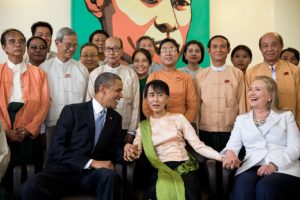
Since the 2010 election, the government has embarked on a series of reforms to direct the country towards liberal democracy, a mixed economy, and reconciliation, although doubts persist about the motives that underpin such reforms. The series of reforms includes the release of pro-democracy leader Aung San Suu Kyi from house arrest, the establishment of the National Human Rights Commission, the granting of general amnesties for more than 200 political prisoners, new labor laws that permit labor unions and strikes, a relaxation of press censorship, and the regulation of currency practices.
